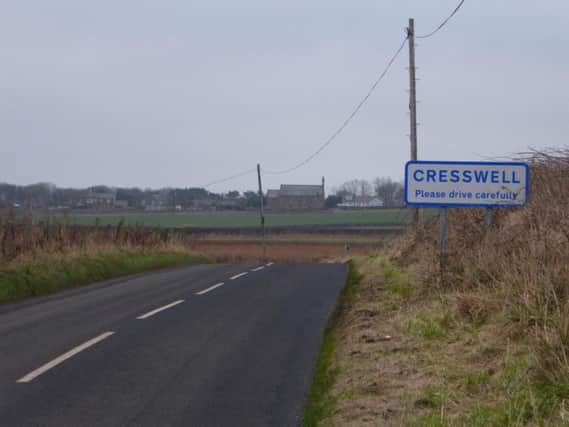Man found buried alive in shallow grave had 32 separate injuries, murder jurors told


Darren Bonner was discovered in a freshly dug grave hidden amongst undergrowth behind a roadside dry stone wall at Shore Road, near Creswell Towers caravan park in Northumberland, on July 10 last summer.
Prosecutors claim the 24-year-old, from Sunderland, received the injuries which led to his death during a weekend break at the holiday park with his killers Richard Spottiswood and Lucy Burn.
Advertisement
Hide AdAdvertisement
Hide AdHe died in hospital 16 days after his body, which had been covered with tree roots, was found.
Spottiswood, 34, of Canterbury Way, Jarrow, and Burn, 29, of Burns Close, South Shields, both deny murder and are being tried by a jury at Newcastle Crown Court.
Home Office pathologist Dr. Mark Egan examined Mr Bonner both before and after his death.
The doctor has told jurors he first saw the injured man in hospital on July 10, just over an hour after his body was found.
Advertisement
Hide AdAdvertisement
Hide AdDr. Egan said Mr Bonner was "critically ill" on admission and had mud ingrained on his skin, which was cleaned by hospital staff.
The doctor told jurors: "By the time I had seen him he had already been treated. He had been admitted.
"He had not been breathing property. He was cold.
"He was thought to have had some fits.
"He had mild hypothermia."
The court heard Mr Bonner, who was incubated to help his breathing, had "obvious injuries" to his body.
Dr Egan said he carried out an examination of the patient but added: "He was critically ill, whenever we moved him we had to be mindful of his condition."
Advertisement
Hide AdAdvertisement
Hide AdThe doctor said he found 32 separate injury sites comprising of grazes, bruises and abrasions across his body and limbs.
His body also showed signs of asphyxiation and attack with a weapon.
The doctor said Mr Bonner had "tiny dot haemorrhages all over his face, cheeks and behind his ears", which are a sign of asphyxia.
He also had 12 "blunt force trauma" injuries to his back.
The doctor said: "The shape and origin suggest they were as a result of application of a weapon."
Advertisement
Hide AdAdvertisement
Hide AdDr. Egan said the shape of the injuries suggested the weapon may have been "rod shaped".
The court heard Mr Bonner died in hospital 16 days after he was discovered.
Dr. Egan carried out a further examination of Mr Bonner's body after his death, by which time some of his injuries had started to heal.
The doctor said Mr Bonner had developed deep vein thrombosis and bronchial pneumonia while in hospital.
He said the cause of death was "hypoxic brain damage due to pressure on the neck".
The trial continues.